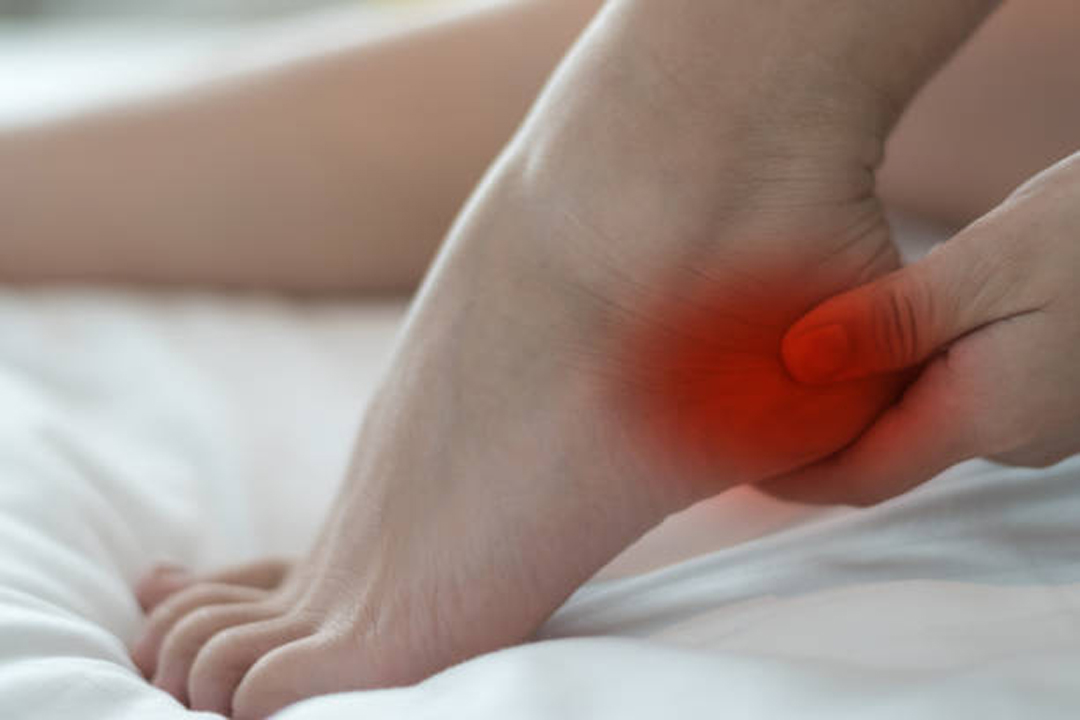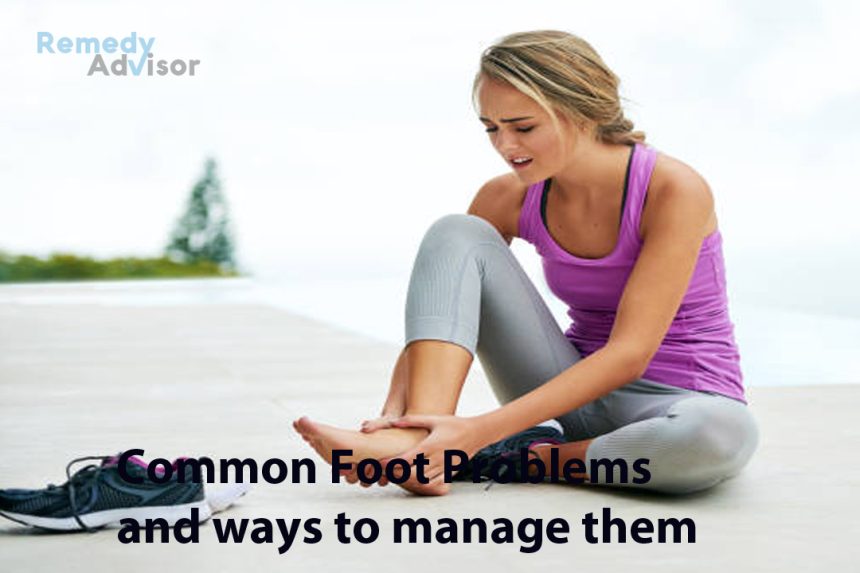Eighty-seven percent of Americans have foot trouble bunions, corns, calluses, foot odor, etc. Despite their prevalence, however, such problems are not inevitable. Most can be prevented via a simple five-step foot-pampering regimen
• Soak your feet at the end of each day.
Use lukewarm water along with Dr. Scholl’s Soap ’n Soak Instant Foot Bath or another product containing sodium bicarbonate. This compound lowers the skin’s acidity, rendering it less susceptible to fungus and calluses. After soaking, dry your feet thoroughly especially between your toes.
• Massage moisturizer into your heels after each soak
Moisturizer will help prevent skin fissures and calluses. These problems are common in summer especially if you wear open-heeled shoes.
• Use foot powder twice a day
After soaking at night and then again in the morning, dust your feet with Quinsana plus Anti-Fungal Foot Powder or another product containing the perspiration-fighting agent benzethonium chloride.
Foot powder is especially beneficial during summer months, when foot perspiration is a big problem.
• Inspect your toenails once a week
If they need trimming, cut them straight across using a long-handled nail clipper. Each time you trim your nails, scrub your toes and the soles of your feet to remove calluses.
For dry skin, use Kerasal or another foot mask containing salicylic acid or another “keratolytic agent.” This rids the feet of excess keratin, a moisture-repelling protein found in skin.
• Do nightly foot exercises
Before going to bed, spend a few minutes picking up a pencil with your toes pressing on an imaginary accelerator pedal with each foot and using your toes to trace the outlines of letters of the alphabet on the floor.
Nightly foot exercises help minimize the foot swelling that inevitably occurs during the day.
Bunions
These bony protuberances on the sides of the feet are caused by ill-fitting shoes and/or hereditary factors. They can lead to painful calluses, osteoarthritis and/or hammertoes.
Self-defense: Wear loose-fitting shoes. New shoes should be purchased at midday, when the feet are slightly swollen. Make sure there’s a thumb’s-width space between the front of the shoe and your longest toe.
To reduce redness and swelling: Use ice around the bunion.
Finger test: If a whitish area appears when you press down on a bump, you may not be suffering from a bunion but from bursitis, a condition that requires medical attention.
Corns
These areas of yellowish, thickened skin atop or between the toes can be quite painful. They’re usually caused by friction and pressure on the foot.
Self-defense: Soak your feet in water containing Epsom salts. Afterward, apply moisturizer and cover the area with plastic wrap. After 15 minutes, remove the plastic and use a pumice stone to smooth out the corn.
Also helpful: Orthotics or foam insoles. Orthotics, which is custom-made, cost $350 or more but are usually covered by insurance. Insoles are available at drugstores for less than $15
Hammertoes
This problem twisted or a misshapen toe that may overlap each other is common among people who have high arches.
Self-defense: Relieve pressure on the toes by wearing shoes with wide toes and by covering corns with corn pads, lamb’s wool or bandages. In severe cases, outpatient surgery may be necessary.
Heel spurs

These bony growths protruding downward from the heel bones are typically caused by rapid weight gain or from playing tennis or another sport that places pressure on the heels.
Heel spurs are often confused with plantar fasciitis. This condition is usually caused by excessive stress or pressure on the plantar fascia, the protective tissue under the soles of the feet.
Self-defense: Put foam or felt pads in the heels of your shoes or purchase insoles to help raise the arches of the feet.
Each time pain strikes elevate your foot and apply an ice pack to the heel for 20 minutes.
Over-the-counter painkillers are effective against both heel spurs and plantar fasciitis.
Also helpful: Exercises that stretch the Achilles tendons. Once a day, try picking up marbles with your toes or lifting your toes while tire soles of your feet are planted firmly on the ground.
Cold feet
This condition usually stems from foods, drugs and/or behaviors that cause impaired circulation caffeinated foods and beverages appetite suppressants and smoking.
Self-defense: Stop smoking. Cut down on caffeinated foods and beverages. Switch shoes at least once a day, wearing shoes of different heel heights. Shift your weight back and forth while standing. Each night, take a bath in lukewarm water.
Once a day, do these three circulation boosting exercises
Exercise 1: Cross your legs at your ankles, then try to pull them apart as you simultaneously resist. Hold for one minute. Switch sides, and hold again.
Exercise 2: Place the balls of your feet on a telephone book, with your heels resting on the floor. Push up and down. This exercise may be done sitting or standing for one minute.
Exercise 3: Lie on the floor with your feet pressed flat against the wall. For about one minute, “climb the walls” using your feet.
Toenail fungus
This condition (onychomycosis) can lead to warped and discolored toenails.
Self-defense: Make a paste with lukewarm water and baking soda. Rub it on the affected area daily. Rinse and dry.
Also helpful: Wear cotton socks change shoes twice a day and use antibacterial drying powder and foot deodorant. Avoid garlic and other spicy foods if they cause your feet to perspire.
Do not use opaque nail polish. It darkens the nail bed, making it vulnerable to fungal growth.
If symptoms persist, ask your doctor for the oral medication itraconazole (Sporanox).
Athlete’s foot
Most cases are caused by Candida, the same yeast that causes vaginal infections, and/or by T. rubrum, another type of fungus.
Self-defense: Keep your feet dry. Change socks at least once a day. Avoid colored socks some are made with dyes that promote the growth of fungus.
Use Tinactin, Halotex or another antifungal ointment or spray containing a broad-spectrum antifungal agent of the azole family.
Foot odor
This condition is caused by bacteria that thrive on moist, sweaty skin. It can also be caused by eating spices, which can cause sweat glands to become overactive.
Self-defense: Cut back on spicy foods, and keep feet dry. Change shoes at least once a day. Air them out after each wearing.
Also helpful: Dr. Scholl’s Odor Destroyers Medicated Powder and Johnson & Johnson’s Odor-Eaters.







